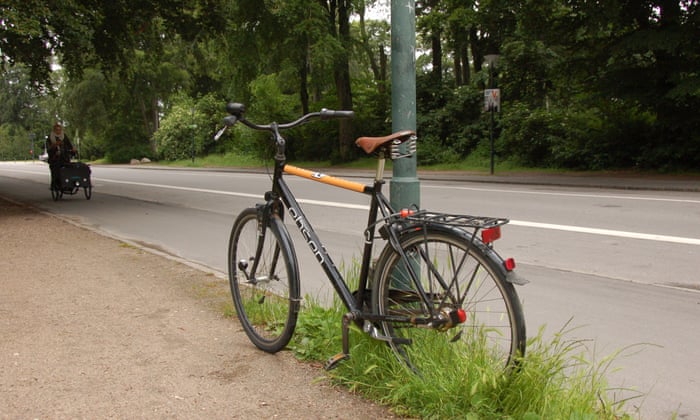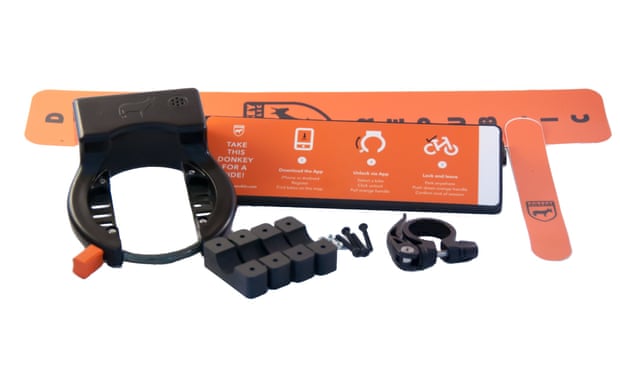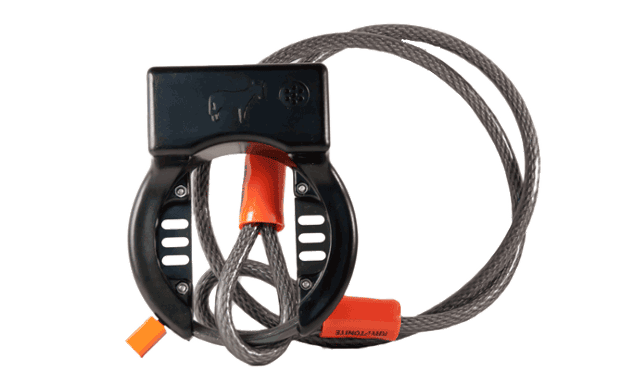Seventy-four years ago today, the Japanese Imperial Navy launched a surprise attack on Pearl Harbor. Well, it was a surprise to most people, but some who were "in the know" saw the United States and Japan edging toward war for months before the attack.
Winston Churchill could barely conceal his glee: At last the Americans would join his fight against Japan's nominal allies, Germany and Italy. Never before, and never since, have Americans been so willing to go to war against another country.
It's almost a cliché to say that the attack, and US involvement in the World War, would change almost everything about American society and culture. As an example, it could be argued that the War had as much of a role as any other event in bringing about the Civil Rights movements of the 1950s and 1960s. Black American soldiers could sit at any café or pub table in Europe, but were separated from fellow citizens lighter than themselves within their own armed forces, not to mention in schools and other public places in their home towns, cities and states.
Also, the war turned the wave of blacks migrating from the south to the north into a tidal wave, changing the face of numerous communities all over the United States. Having large numbers of African Americans concentrated in urban neighborhoods would make it easier for leaders to organize marches and other kinds of protests than it had been when the same people were dispersed over miles of southern countryside. (Remember, this was decades before the Internet and Facebook!)
Now, since this is a bike blog, I have to tell you how the attack on Pearl Harbor--and the War--changed cycling, at least in this country. At the time, the average adult bicyle weighed 57 pounds (about 26 kilos). The government decreed that those bikes would be made ten pounds lighter, and that production of children's bicycles would cease altogether for the duration.
The reason for this change was that bicycles were being used in the military, and a lighter bike is easier to transport and maneuver. Also, it used less of the materials that were rationed during wartime. Those restrictions, of course, made fewer bicycles available for civilians to buy, but those who were able to get them discovered that they liked the lighter bikes. Manufacturers took notice and started to make bikes lighter still.
Further accelerating the change in American bicycles were the machines service members saw--and sometimes brought back from--the places in which they fought. The majority of the bikes to come to our shores came from England, but a few others came from Continental European countries. Those bikes--yes, even the English three-speed and French "ballon" bikes--were lighter than the "lightweight" models American manufacturers were making during the war.
Could it be that if Pearl Harbor hadn't been attacked, we might still be riding on those balloon-tired Schwinns, Columbias and Huffys? Hmm....
(Note: I mean no offense to any of you who still remember--or experienced--the tragedies of that day that "will live on in infamy"!)
Winston Churchill could barely conceal his glee: At last the Americans would join his fight against Japan's nominal allies, Germany and Italy. Never before, and never since, have Americans been so willing to go to war against another country.
It's almost a cliché to say that the attack, and US involvement in the World War, would change almost everything about American society and culture. As an example, it could be argued that the War had as much of a role as any other event in bringing about the Civil Rights movements of the 1950s and 1960s. Black American soldiers could sit at any café or pub table in Europe, but were separated from fellow citizens lighter than themselves within their own armed forces, not to mention in schools and other public places in their home towns, cities and states.
Also, the war turned the wave of blacks migrating from the south to the north into a tidal wave, changing the face of numerous communities all over the United States. Having large numbers of African Americans concentrated in urban neighborhoods would make it easier for leaders to organize marches and other kinds of protests than it had been when the same people were dispersed over miles of southern countryside. (Remember, this was decades before the Internet and Facebook!)
Now, since this is a bike blog, I have to tell you how the attack on Pearl Harbor--and the War--changed cycling, at least in this country. At the time, the average adult bicyle weighed 57 pounds (about 26 kilos). The government decreed that those bikes would be made ten pounds lighter, and that production of children's bicycles would cease altogether for the duration.
The reason for this change was that bicycles were being used in the military, and a lighter bike is easier to transport and maneuver. Also, it used less of the materials that were rationed during wartime. Those restrictions, of course, made fewer bicycles available for civilians to buy, but those who were able to get them discovered that they liked the lighter bikes. Manufacturers took notice and started to make bikes lighter still.
Further accelerating the change in American bicycles were the machines service members saw--and sometimes brought back from--the places in which they fought. The majority of the bikes to come to our shores came from England, but a few others came from Continental European countries. Those bikes--yes, even the English three-speed and French "ballon" bikes--were lighter than the "lightweight" models American manufacturers were making during the war.
Could it be that if Pearl Harbor hadn't been attacked, we might still be riding on those balloon-tired Schwinns, Columbias and Huffys? Hmm....
(Note: I mean no offense to any of you who still remember--or experienced--the tragedies of that day that "will live on in infamy"!)











.jpg)





